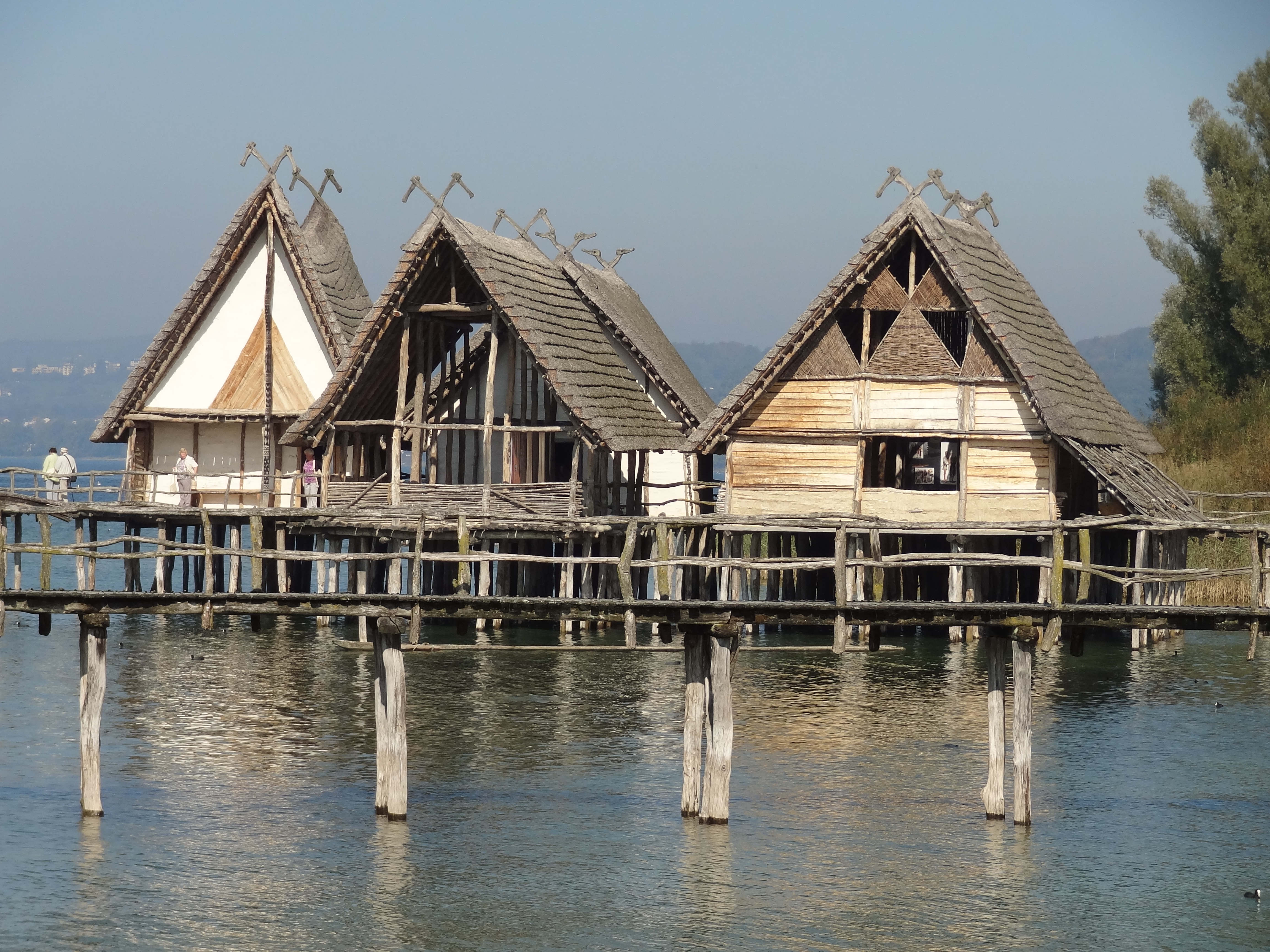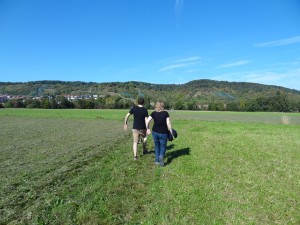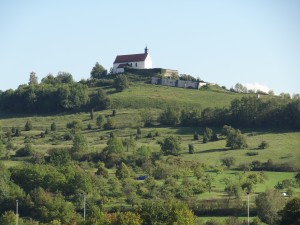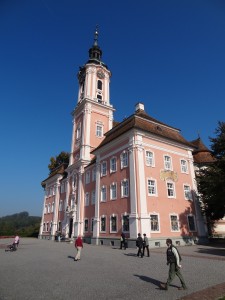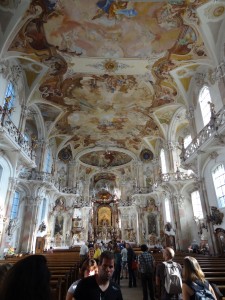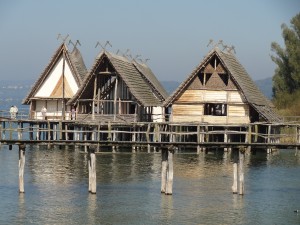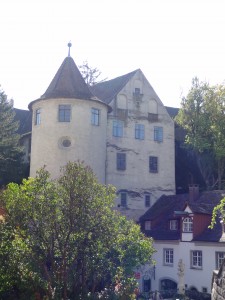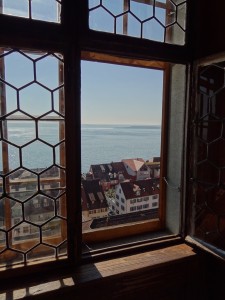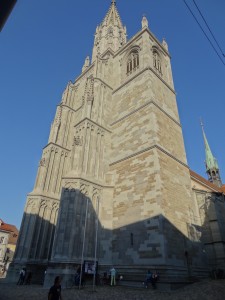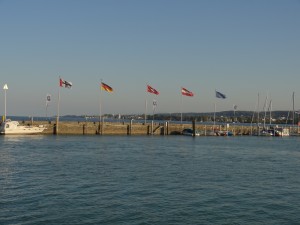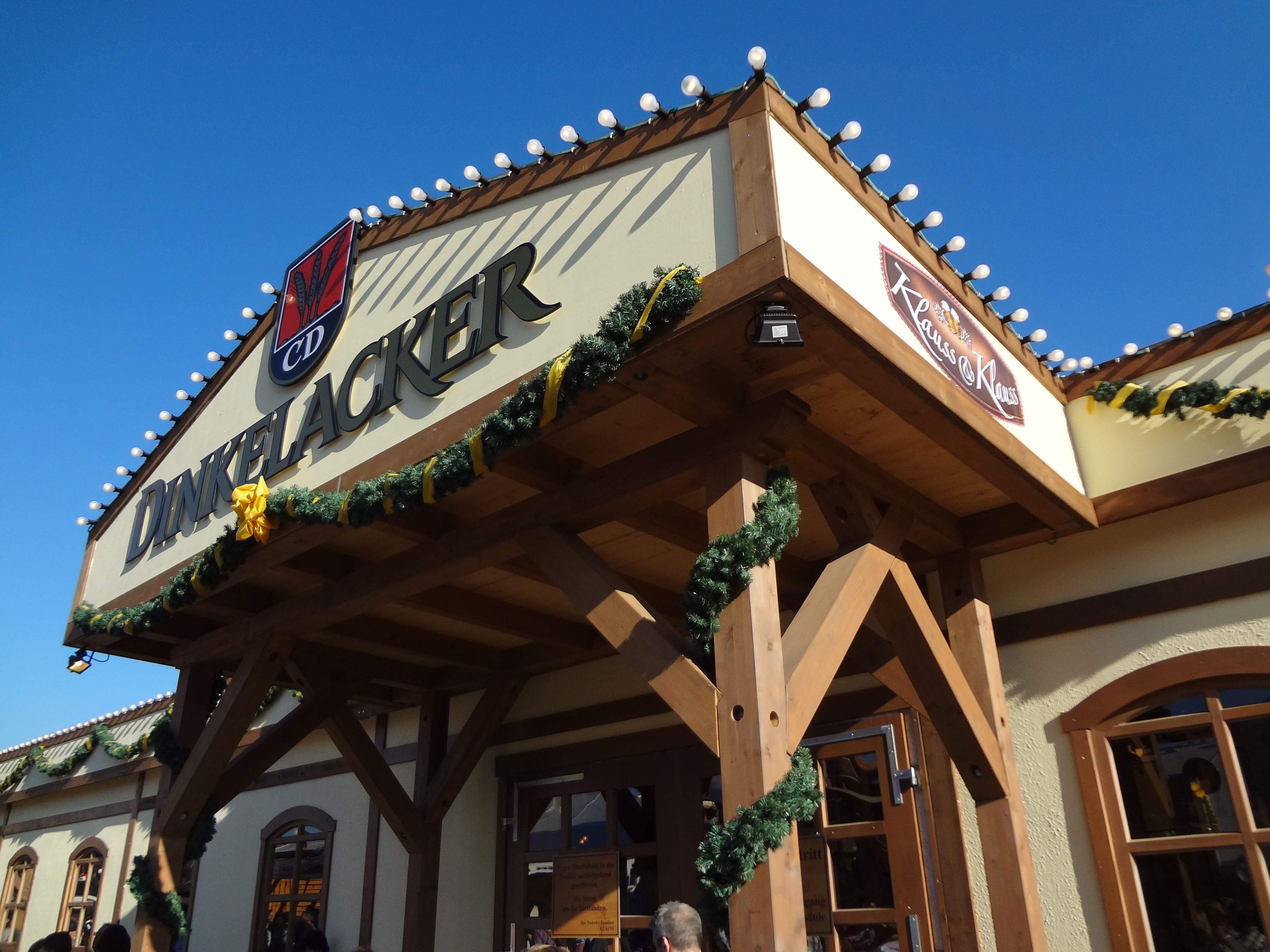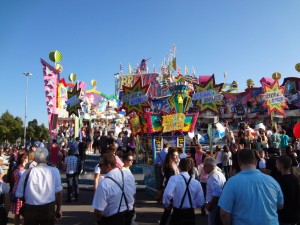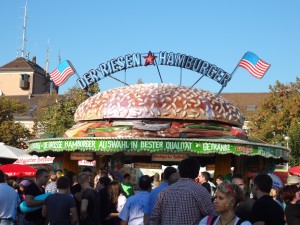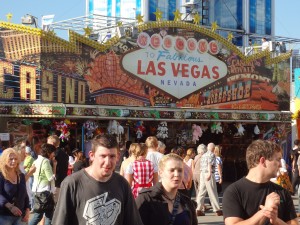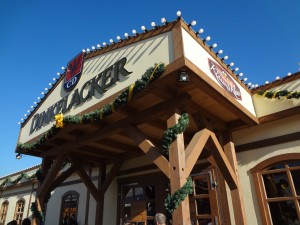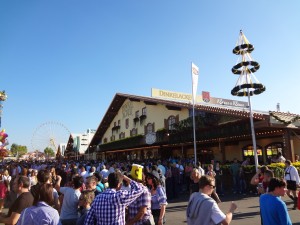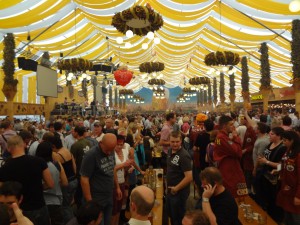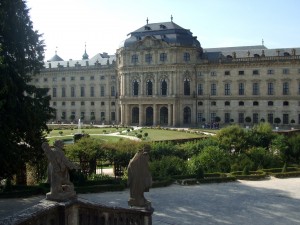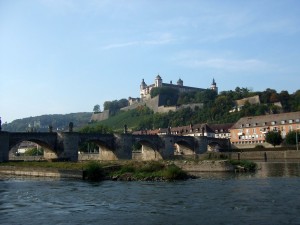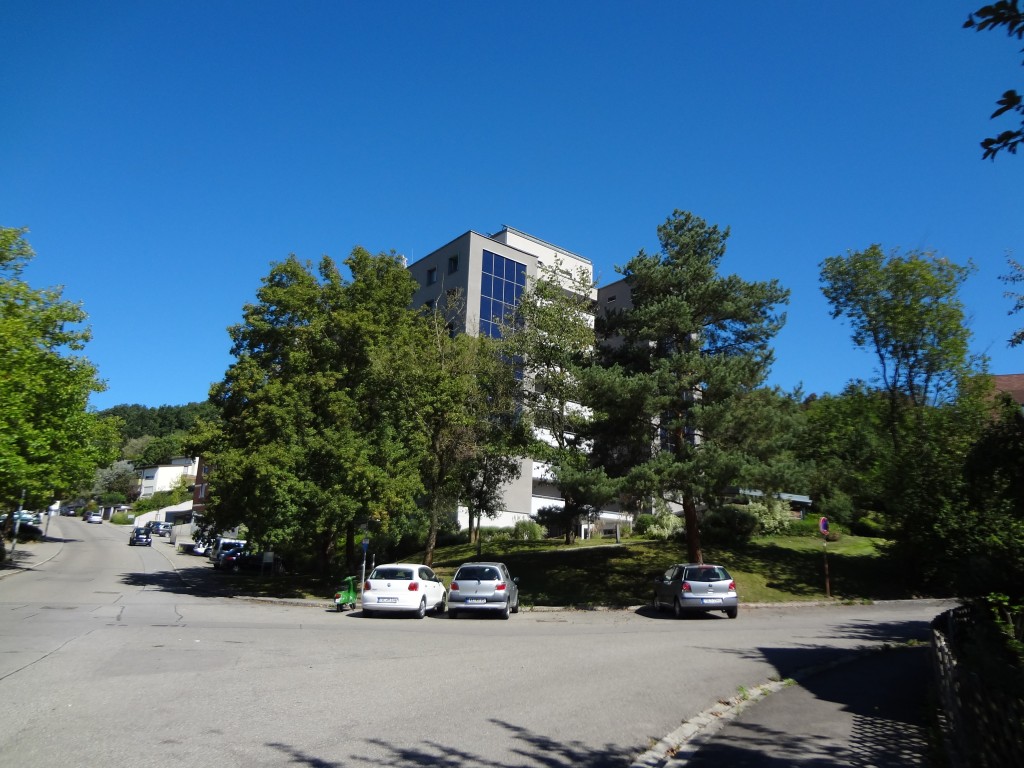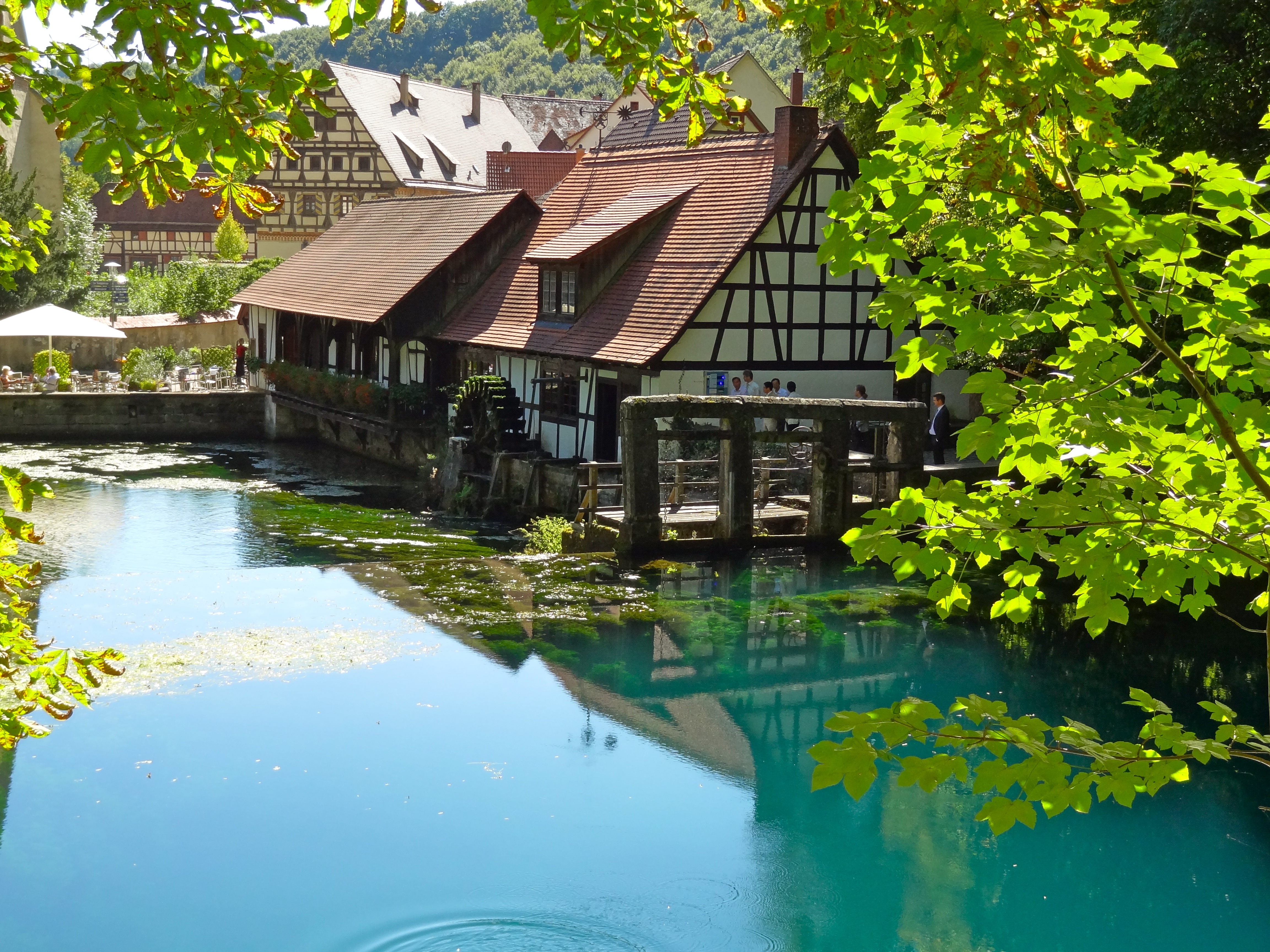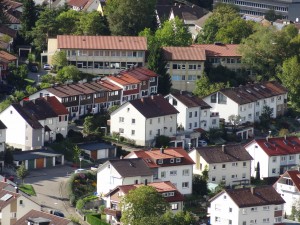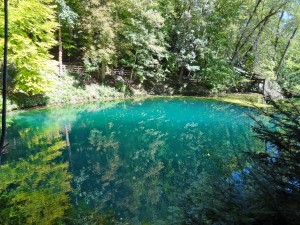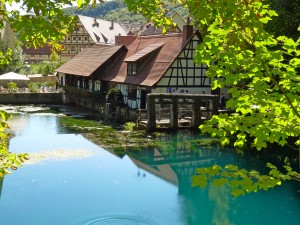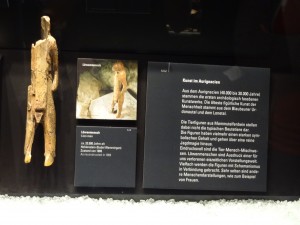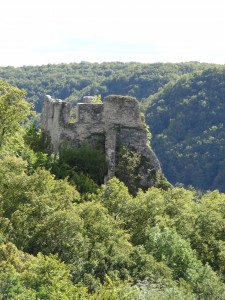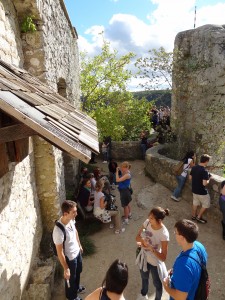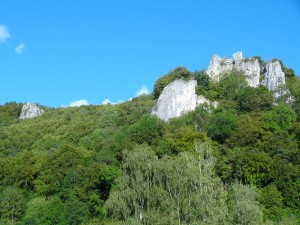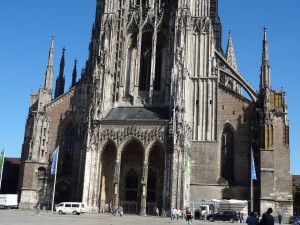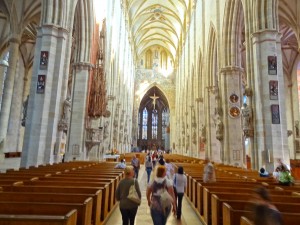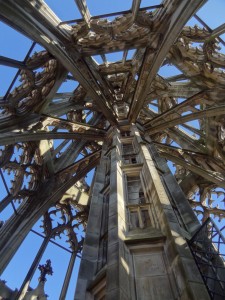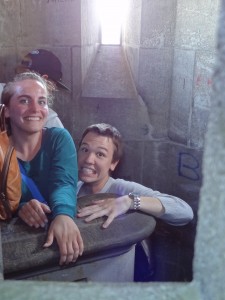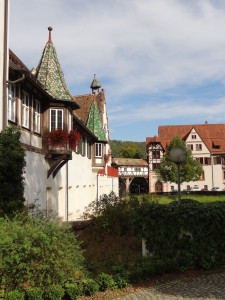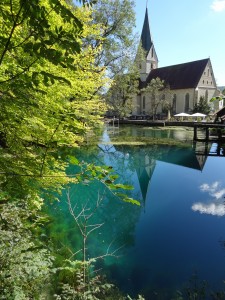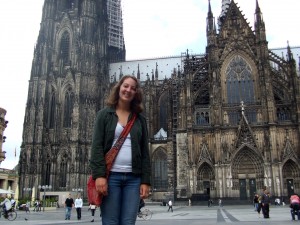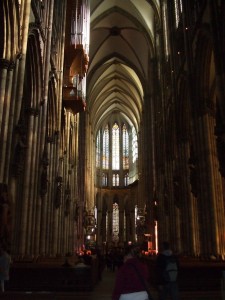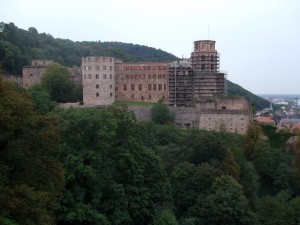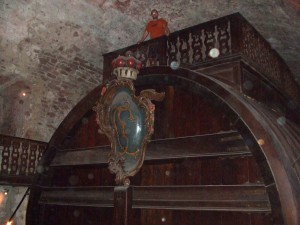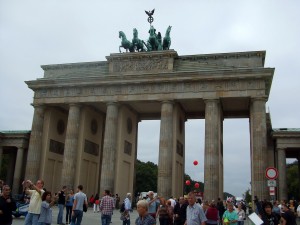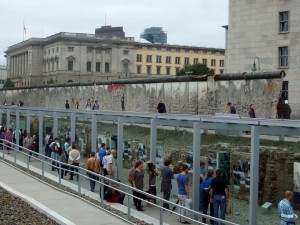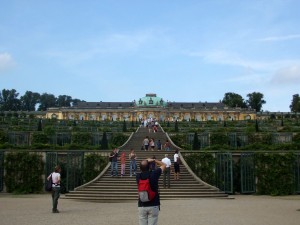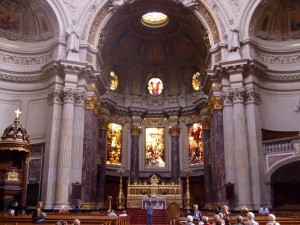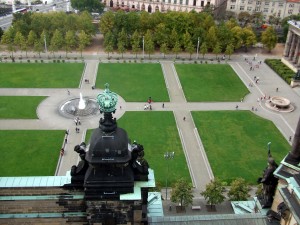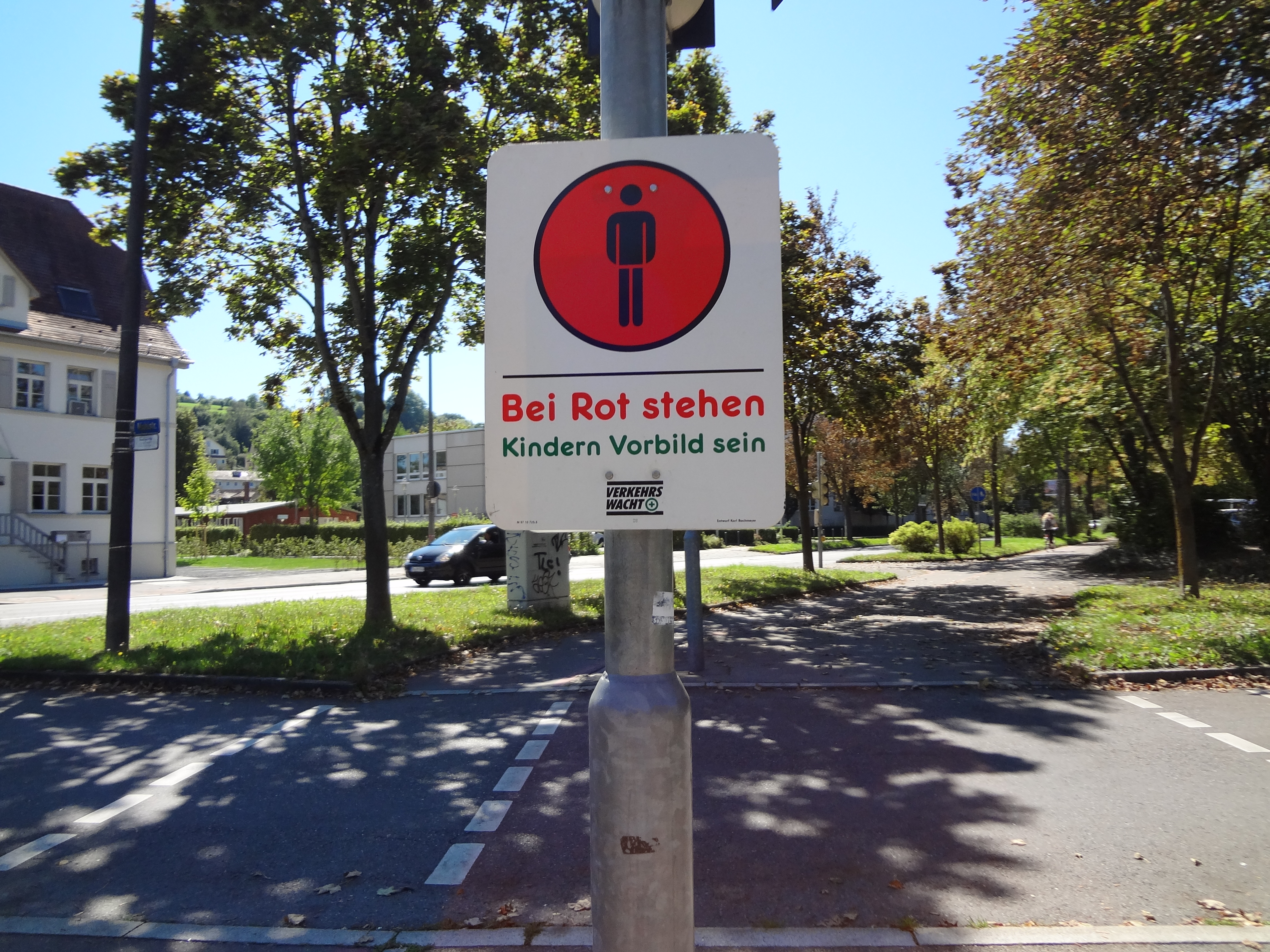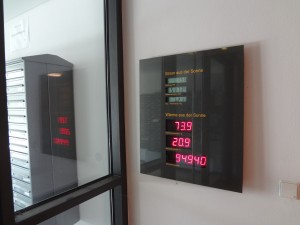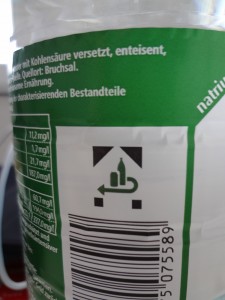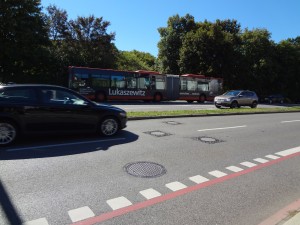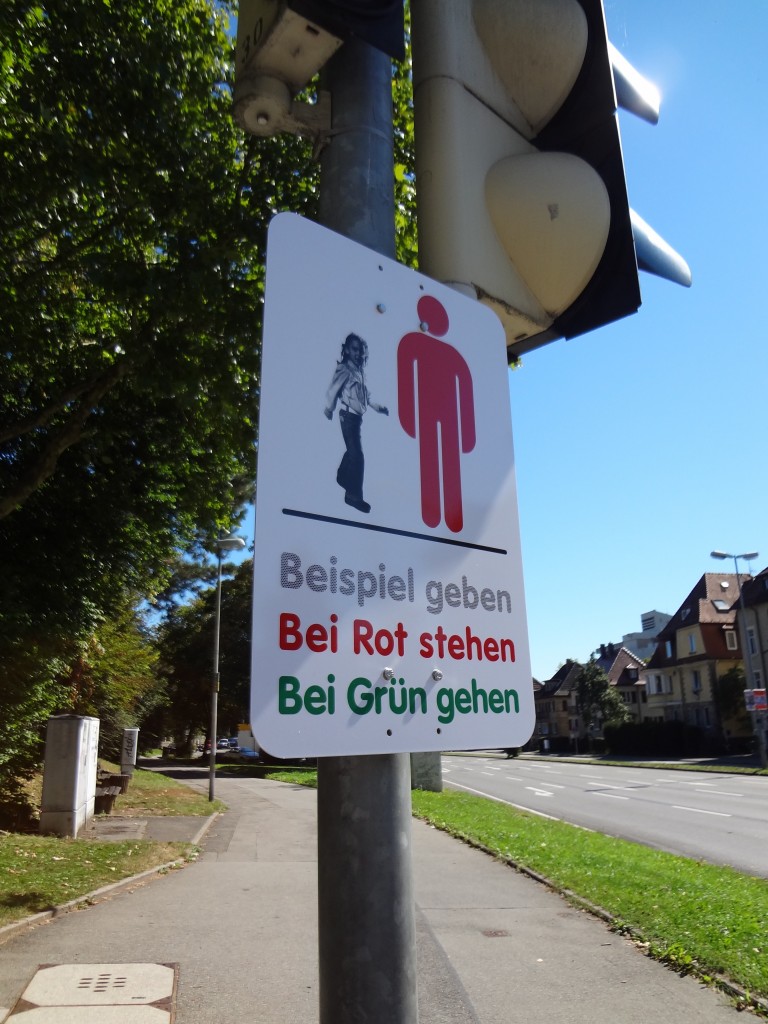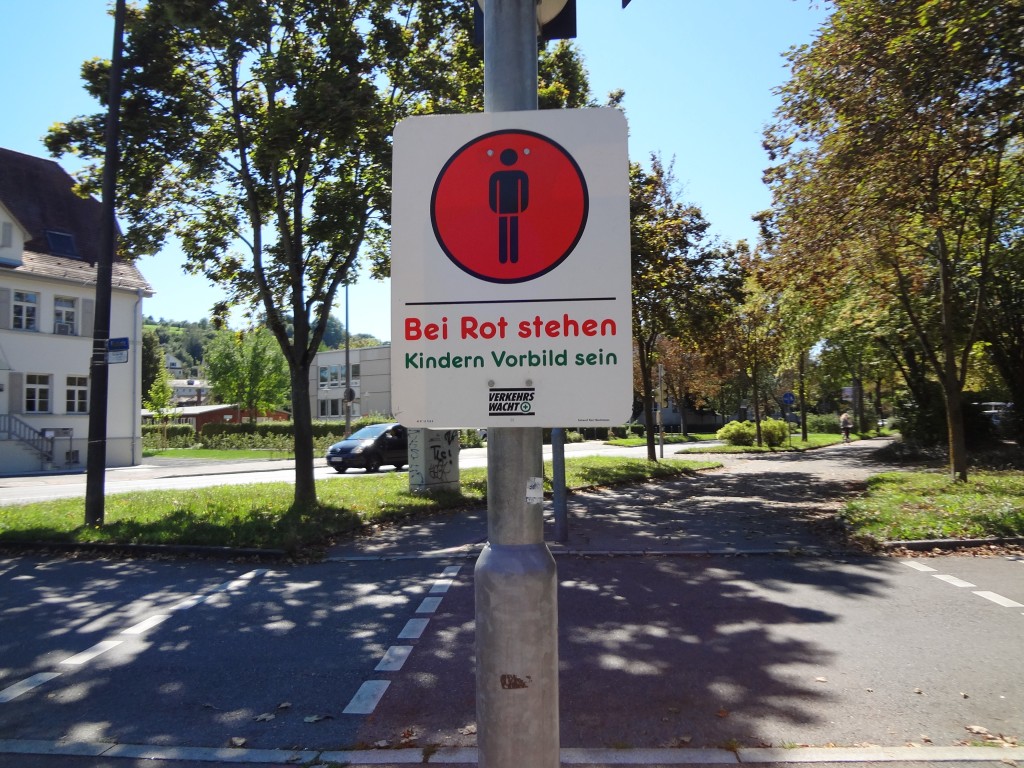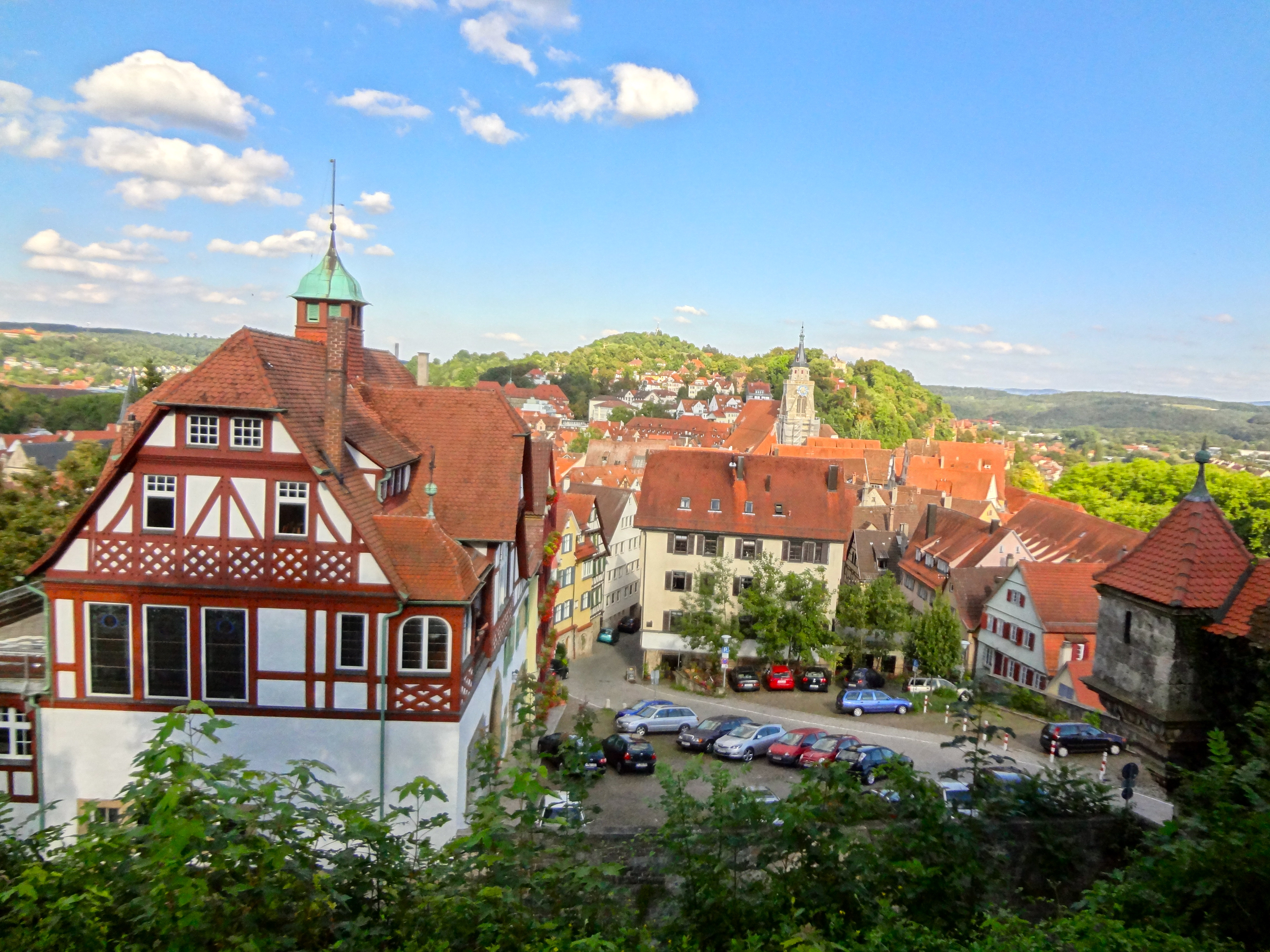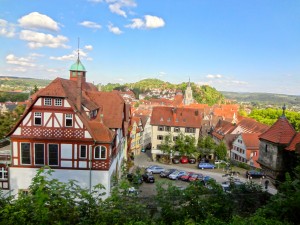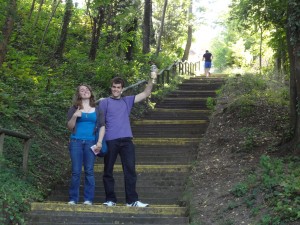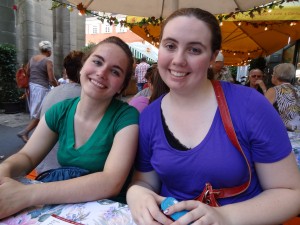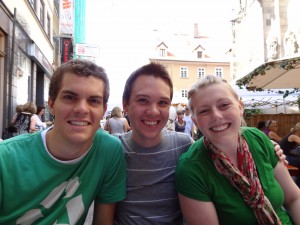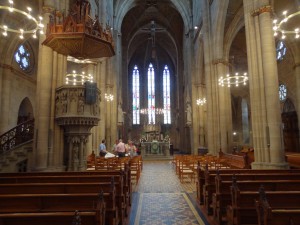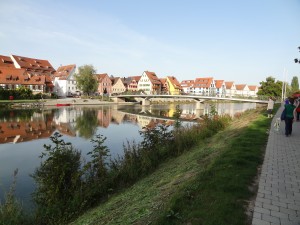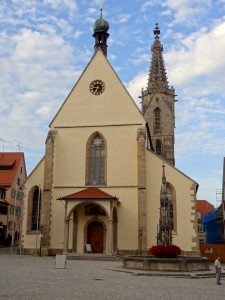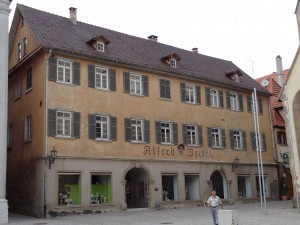As of last Friday, our five-week intensive German course is finished. Now that I’m done studying everything there is to know about German grammar, I finally have some time to catch up on my blogging – but unfortunately not too much, because I’m leaving for Vienna in eight hours!
It’s been awhile since my last post, but I’ll try my best to write a little bit about some of the things I’ve done over the past few weeks! Because of how many things I want to write about (and the fact that it is 5 AM and I haven’t gone to sleep yet) this will have to be part one of two “catch up” entries, but part two will have to wait until I am back from Vienna!
September 18th – Trek to Würmlingen
As I mentioned in my last blog, the five of us Valpo Tübingen students became hopelessly lost in the woods on the way to visit the Brixners – longtime friends and professors of Valparaiso University. As of earlier this year, the Brixners retired from their jobs as professors at the VU Reutlingen program, and they were awarded with honorary doctorates from President Heckler at the graduation commencement in May. They absolutely love Valpo students, and even though they no longer work with them on a daily basis, they invited us to their house for dinner.
Mr. and Mrs. Brixner live in a town called Würmlingen – which although only a few minutes by car, is about a 1.5 hour hike through the forest from Tübingen. According to the Brixners, it is tradition that when students are invited to their house for dinner that they hike from Tübingen, along a path that originates near the castle. We were told by many that the path was clearly marked, and that finding our way would be absolutely no problem. In reality, it was anything but clearly marked! We had even read three sets of directions before setting out for Würmlingen.
The path began as a concrete road, which turned into a concrete path, which became a gravel path, and eventually a dirt trail through the forest, splitting off into a multitude of unmarked forks every few minutes along the way. We were pretty successful with guessing which fork to take initially, until we made a small mistake. Luckily, we came across a woman hiking through the forest, who directed us back to the right path, and told us which signs to follow. We weren’t that far astray, so five minutes later, and we were back on the right track.
We continued onward for awhile before coming to a point where the trail split into three paths. A sign that read “Würmlingen” hung indecisively and unhelpfully between two of the paths, and after much discussion and some disagreement, we decided to take the path to the right. It was wrong, and added an extra hour and a half to our trip. So rather than visiting a picturesque, well-known chapel on top of a mountain shortly before arriving at the Brixners’ house, we took a much more pastoral route. Instead, we saw horse farms, streams, empty fields, towns, and an unfamiliar train station before realizing that we had arrived in the wrong place.
After walking about 45 minutes along the side of a road connecting the towns, we finally ended up in a neighborhood where sweet Mrs. Brixner was pacing the sidewalks in search of the five lost Americans for whom she had spent the day cooking. It was a little embarrassing, but they were happy to see and feed us nonetheless! After touring their house and garden and being entertained by Mr. Brixner’s stories, we were served the best German meal I’ve ever had – consisting of potato salad, meat, salad, and ice cream cake.
September 28th – Class trip to the lake of Constance
On September 28th our entire Deutsch Kompakt Kurs (German Compact Course) took a trip to the “Bodensee” (Lake of Constance) and the city of “Konstanz.” The Bodensee is one of the largest lakes in Europe, as well as one of southern Germany’s largest sources of drinking water.
We began our tour with a stop at a Rococo-style Church close to Konstanz, right next to the water. The exterior, although beautiful, wasn’t particularly “churchy” looking, but the inside was absolutely stunning. Some people don’t like the Rococo style due to the complete sensory-overload decorations that adorn every centimeter of the interior, but I found it fascinating. Absolutely everywhere you could lay eyes upon was in some way decorative. Sitting through a long sermon during a church service there would be no problem – there’s so much to look at!
From the Rococo church we hiked along the lake for about 30 minutes until we reached the “Pfahlbau Museum.” Here we learned about the Bronze and Stone Age settlements that were discovered dating back to 850 BC. Because the forest was so extremely thick, an entire village of wooden, thatched-roofed houses was built directly over the water on stilts. Some of the original buildings remain and some are recreations, but it was still very interesting to see and learn about. The tour guide was slightly difficult to understand at times, but I think I took most of the important details away from the experience.
The next stop was a tour of Meersburg Castle, which happens to be the oldest currently-inhabited castle in Europe. The lakeside castle was a very important location during the reformation, but it is perhaps better known as the home of German Poetess, Annette von Droste-Hülshoff.
We ended our day with a ferry-ride to the city of Konstanz, where we were given the chance to explore the city before joining for dinner at a Turkish restaurant. Some people in the course took advantage of the free time and crossed the border into Switzerland, but I decided to stay in Konstanz and see some of the sights, landmarks, and churches in the city itself.
That’s all for now! I’m off to bed so I can wake up in a few hours, shove some clothes in a backpack, and be out the door en route to the airport.
Bis dann!
